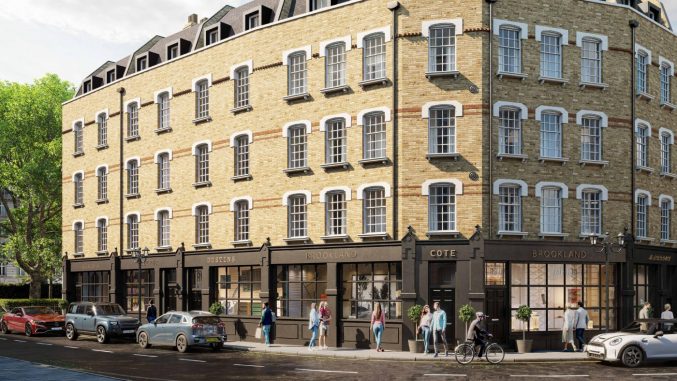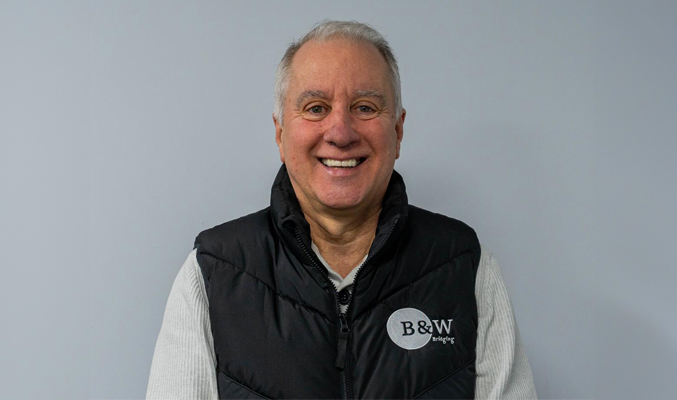First-time buyers: how far a 5% deposit will stretch revealed
By Bridging Loan Directory

Aspiring homebuyers across the UK can plan how much they need to save for a five per cent deposit using new data from Barclays Mortgages.
New insights from one of the UK’s biggest lenders reveals the average price paid by first-time buyers across the UK in 2020 to help homebuyers pinpoint how much they should be aiming to save for a five per cent deposit, depending on where they are buying their first home.
| Region | Average price paid by FTBs in 2020 | Five per cent deposit | |||||||||
| Northern Ireland | £ 147,836 | £7,391 | |||||||||
| Northern England | £ 175,676 | £8,784 | |||||||||
| Scotland | £ 179,707 | £8,985 | |||||||||
| Wales | £ 179,981 | £8,999 | |||||||||
| Yorkshire & Humber | £ 185,011 | £9,250 | |||||||||
| North West England | £ 196,109 | £9,805 | |||||||||
| East Midlands | £ 211,985 | £10,599 | |||||||||
| West Midlands | £ 214,212 | £10,710 | |||||||||
| South West England | £ 254,887 | £12,744 | |||||||||
| East Anglia | £ 283,497 | £14,174 | |||||||||
| South East England | £ 365,592 | £18,280 | |||||||||
| Greater London | £ 585,392 | £29,270 |
The data revealed Northern Ireland as the most affordable region for FTBs, where a five percent deposit will come to £7,391, based on the average house price of £147,836.
Comparatively, Greater London remains the most expensive area for FTBs as they need an average of £29,270 to purchase a property, based on the average house price of £585,392.
In fact, this is over three times more expensive than what’s needed for a deposit in Northern Ireland.
Barclays Mortgages will be one of the first lenders to offer 95 per cent LTV mortgages to first-time buyers under a new Mortgage Guarantee Scheme.
Clare Francis, Director of Savings and Investments at Barclays, shares her top tips for first time buyers to take control and help them reach that goal of home ownership:
Give yourself a financial health check
First things first, work out how much money you have coming in and what bills and expenses you have going out.
If you have any outstanding debts, work out which re-payments have the highest interest rate and make paying these off a priority.
Once you’re back in the black, you can then work out how much you can afford to put towards your house fund each month and get saving.
Transfer money into a savings account on payday
It may sound simple – but this is the best savings advice.
Moving the money out of your current account as soon as possible removes the temptation to spend it.
Whatever your financial goal, this is a great habit to get into and you’ll be amazed how quickly your savings start to grow.
Set up a standing order so the money is automatically transferred over to your savings account – that way you won’t forget to do it.
Motivate yourself!
When it’s a big saving target, it can be easy to lose motivation as other, more instant temptations cross your path.
Why not set up a dedicated ‘First Home Savings Goal’ in the Barclays app? This will help you work-out how much you need to save to fund your move, taking into consideration extra fees including Stamp Duty and Legal costs.
Look back at your finances to budget forwards
Take a look at your monthly spending to spot the areas where you can save each month – small tweaks to our daily routines can have a big impact on the money you can put towards your new home fund.
For example, if you’ve got subscriptions you’re hardly using, maybe it’s time to cancel them or switch for a cheaper alternative?
Can you plan your meals in advance to help you spend less on your supermarket shops? Before you know it you’ll have a nice buffer built up.
Be patient
Saving for your goals can be a slow process, particularly if you are aiming for something like your first home.
However, lots of little changes will add up over time and make a big difference to helping you get there, and staying in the black is an achievement in itself.










You must be logged in to post a comment.